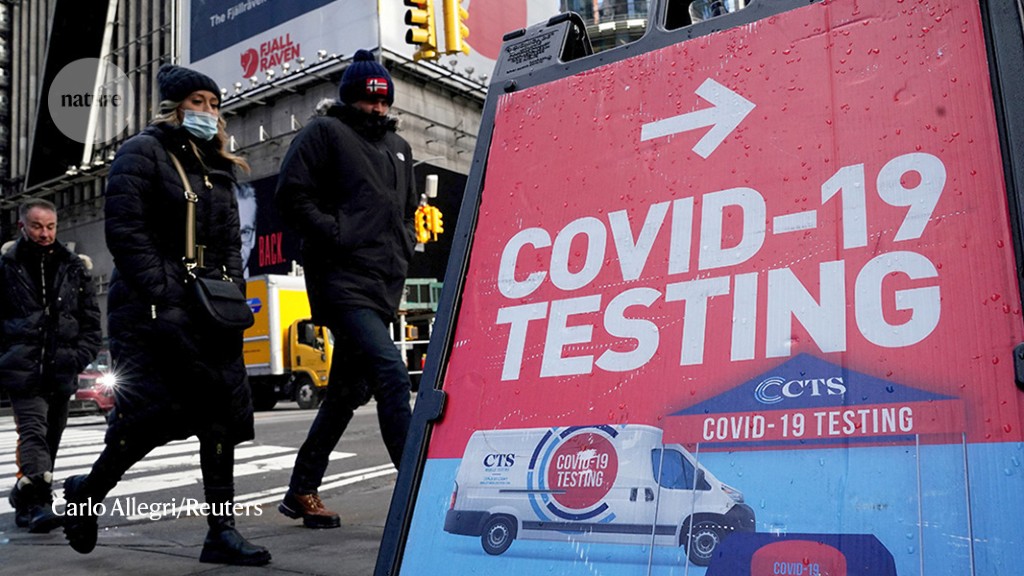You are here
 COVID reinfections surge during Omicron onslaught Nature - Immunity acquired through previous infection is less effective against Omicron than against other variants, but the risk of severe COVID-19 remains low. nature
COVID reinfections surge during Omicron onslaught Nature - Immunity acquired through previous infection is less effective against Omicron than against other variants, but the risk of severe COVID-19 remains low. nature Since the Omicron variant of SARS-CoV-2 was first detected, the number of people reinfected with the coronavirus has been rising sharply — a trend that was not observed with previous variants. Researchers say that the new variant is probably driving the surge because it is able to evade the body’s immune defences.
“The situation now is really different. We’re talking about a variant with lots of immune-evasive properties,” says Laith Abu-Raddad, an infectious-disease epidemiologist at Weill Cornell Medicine–Qatar in Doha.
Studies have shown that the variant can outwit immunity induced by vaccination. Now Abu-Raddad and others are revealing how well Omicron can evade antibodies produced during previous SARS-CoV-2 infections. “The ability of Omicron to infect people with either vaccine- or infection-derived immunity is a key part of what made the recent surge so large,” says Marm Kilpatrick, an infectious-disease researcher at the University of California, Santa Cruz.
Understanding reinfection rates is crucial for assessing “how infections might surge and if hospitals will be able to cope”, says Catherine Bennett, an epidemiologist at Deakin University in Melbourne, Australia.
The first signs of Omicron’s immune-evasive properties came from data collected in South Africa, says Bennett. In November last year, researchers showed higher-than-expected rates of reinfection compared with those of previous waves1. Similar trends have now been documented elsewhere. ...
In England, more than 650,000 people have probably been infected twice; most of them were reinfected in the past two months, according to data collected by the UK Health Security Agency (see ‘Rising reinfections’). The agency considers an infection a ‘possible reinfection’ if it took place at least three months after a previous one, but does not confirm that these are separate instances through genetic sequencing of the virus. Before mid-November, reinfections accounted for about 1% of reported cases of COVID-19, but the rate has now increased to around 10%. ...



Recent Comments